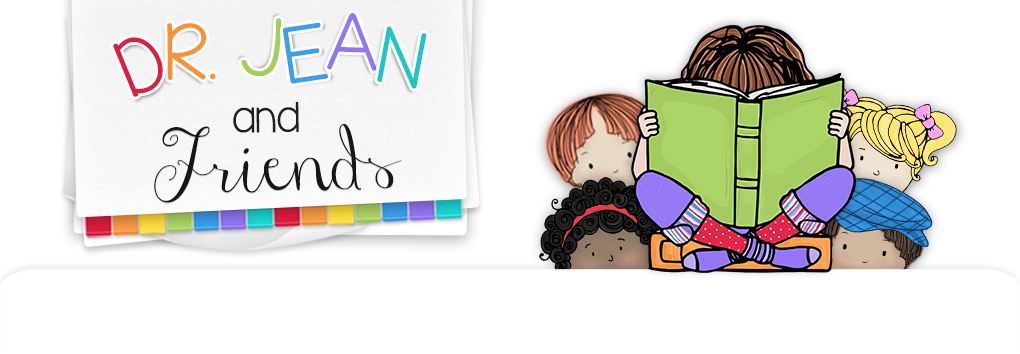I declare, some of the things teachers tell me blow my mind! How could an administrator or supervisor tell you NOT to use play dough in kindergarten? Let me just tell it like it is…that shows their stupidity and lack of knowledge about how young children learn!! Do they not know anything about brain research? Have they not read the studies of how children learn when activities are playful and challenging?
Comprehension
Let children make their favorite character and use it to retell a story.

Draw a scene from a story and add details with play dough.
Make something that you learned from the book.
Phonics
Rhymes – Make two objects that rhyme.
Sounds – Make objects that start with a consonant, blend, or diagraph you are working on.
Vowels- Make an object for a long vowel sound and short vowel sound.
Writing
Make something you like (or don’t like) and write about it.
Make something from a book you have read and write about it.
Make letter plates by writing letters with a permanent marker on plastic plates. Children roll play dough and make the letters on top.

Make letters (or words) using a bubble font. Children roll dough and fill in.
Make something that is a noun. How can you make it plural?
Math
Make objects that match numbers.
Make a set and then decompose it.
Demonstrate more, less, and equal. 
Make lines, curves, and shapes.
Science and Social Studies
Reinforce information from a science or social studies unit with play dough. Children could make animals from a habitat, parts of a flower, tools of community helpers, healthy foods…endless possibilities!
Silly Putty
Here’s another idea a second grade teacher shared for keeping those fingers busy! She asks each parent to provide a container of silly putty that the children keep in their pencil box. If they finish their work early, they use the silly putty to create something that relates to a reading skill, math concept, science unit, etc.

P.S. If anybody tells you not to use play dough in your classroom, please tell them to give me a call and I’ll explain it to them!!!!




